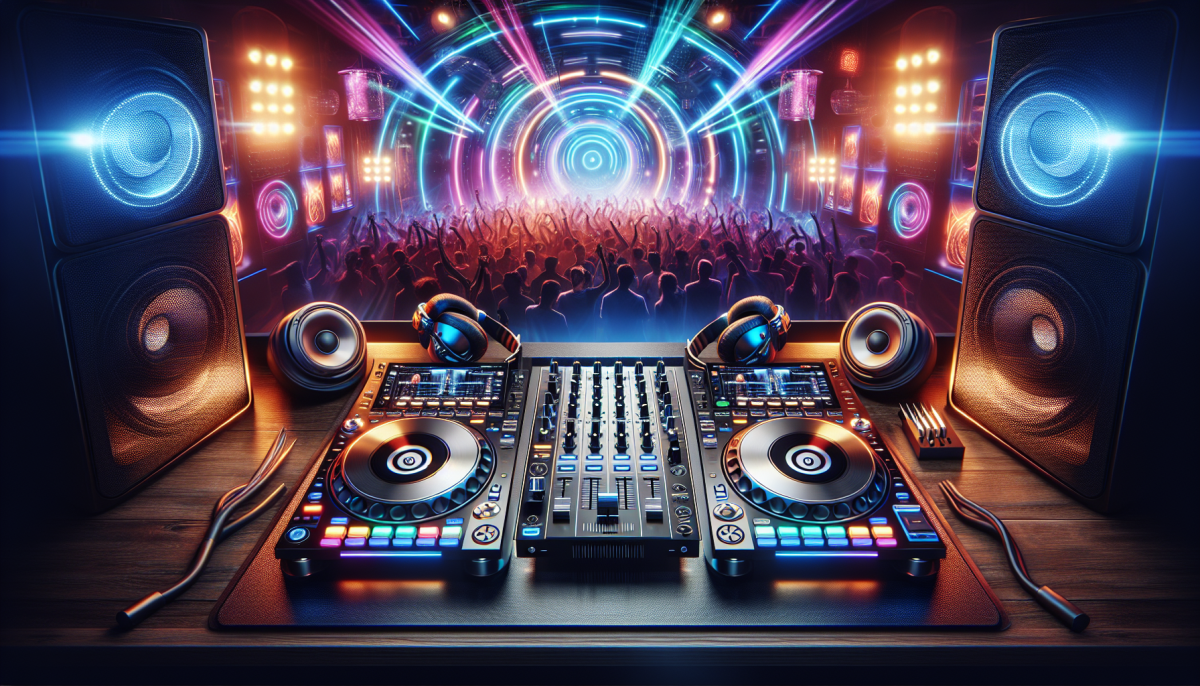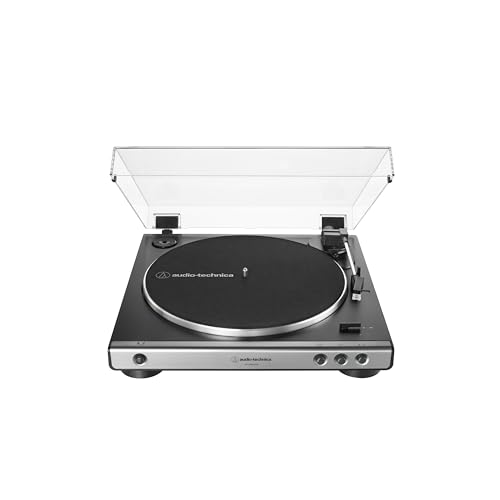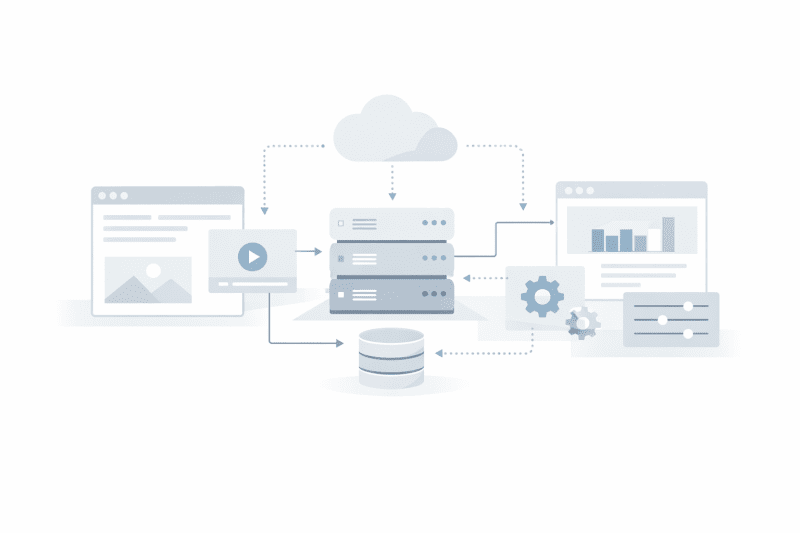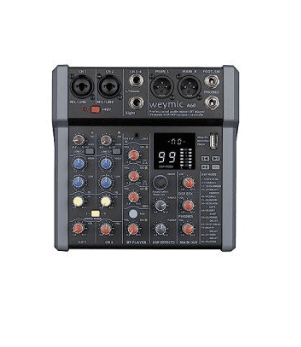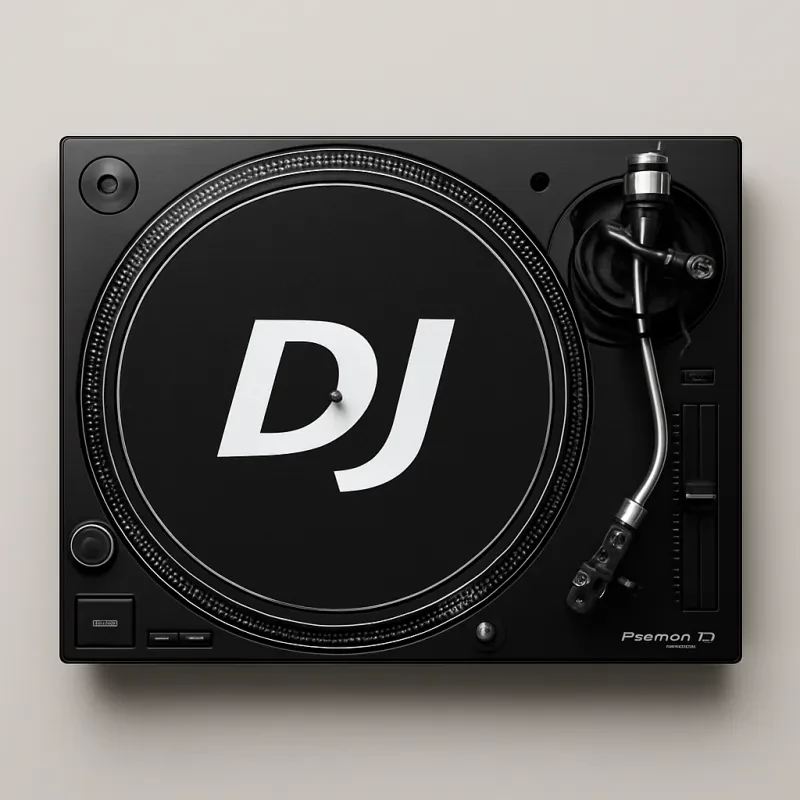The Evolution of DJ Turntables: From Vinyl to Digital
Over the last few decades, the world of DJing has gone through a massive transformation. The way DJs create and mix music has changed significantly with the development of new audio technologies. One major shift in the industry has been the transition from vinyl to digital. Let's take a look at how the DJ turntable has evolved over time:
1. Vinyl Records
In the early days of DJing, vinyl records were the primary medium for mixing and scratching. DJs had to physically manipulate the vinyl on the turntable to create their mix, using their hands to move the record back and forth to create unique sounds and effects. These original turntables were often very basic, with simple controls and no additional features.
2. Direct Drive Turntables
In the 1970s, direct drive turntables were introduced. This new type of turntable allowed for more precise speed control and reduced the risk of the turntable losing speed due to wear and tear. It also allowed for more elaborate scratching techniques, as the rotation of the platter was less affected by contact with the needle.
3. CDJs
In the 1990s, CDJs were introduced as a digital alternative to vinyl turntables. These devices allowed DJs to play CDs containing pre-recorded tracks, as well as to loop and manipulate tracks digitally. This made it easier for DJs to travel with their music and to access a wider range of tracks, without the need for a large collection of vinyl records.
4. Digital Turntables
As technology continued to advance, digital turntables became a popular choice for many DJs. These turntables allow DJs to mix digital tracks in real-time, using software such as Traktor or Serato. They often include features like touch-sensitive platters, which allow for even more precise control over the music.
5. Controllerism
The latest trend in DJing is controllerism, which makes use of specialized controllers in combination with digital turntables. These controllers allow DJs to manipulate the sound in new and innovative ways, using knobs, faders, and other controls to shape and sculpt the music. The art of DJing continues to evolve, and it will be interesting to see where the technology takes us in the years to come.
The Essential Features of Top-Quality DJ Turntables
When it comes to finding the perfect DJ turntable, there are several essential features that every top-quality turntable should possess. These features include:
- High-Quality Motor: The motor is the heart of the turntable and is responsible for the accuracy and stability of the rotation speed. The best motors are direct drive and offer exceptional torque and stability, ensuring accurate and stable vinyl playback.
- Adjustable Pitch Control: The pitch control allows DJs to adjust the speed of the turntable, allowing them to match the tempo of the song they are playing with the tempo of the next song they will be playing. The best turntables offer a range of pitch control settings to ensure precise adjustments.
- Anti-Skate Control: Anti-skate control ensures that the needle stays in the groove while playing the record. This feature helps prevent the needle from skipping or jumping, thus ensuring a consistent and smooth playback.
- High-Quality Tonearm: The tonearm is responsible for holding the needle and ensuring it stays in contact with the record. A high-quality tonearm will ensure accurate tracking and minimal distortion.
- Sturdy Construction: A sturdy construction helps to ensure the turntable will last for many years. Top-quality turntables are typically made from high-quality materials such as aluminum, which is both lightweight and durable.
In addition to these essential features, there are other features to consider when purchasing a DJ turntable, such as built-in effects or USB connectivity for recording vinyl to digital formats. However, the essential features listed above are the ones that are most important for ensuring accurate and stable vinyl playback, which is essential for any serious DJ.
Tips for Choosing the Best DJ Turntables for Your Needs
When it comes to DJ turntables, there are a lot of factors to consider. Here are some tips to help you choose the best ones for your needs:
- Budget: DJ turntables can range from a few hundred dollars to thousands of dollars, so it's important to set a realistic budget. Keep in mind that the more expensive models tend to have better features and build quality.
- Type: There are two main types of DJ turntables: direct drive and belt drive. Direct drive turntables are more durable and have more torque, making them better for scratching and other advanced techniques. Belt drive turntables are typically quieter and better for mixing.
- Motor: If you're looking for a direct drive turntable, pay attention to the motor. Look for a high-torque motor that can handle your DJing style.
- Platter: The platter is the rotating part of the turntable where you place your vinyl record. Look for a heavy platter made of high-quality materials like aluminum or stainless steel. A heavy platter helps with stability and reduces vibrations.
- Tonearm: The tonearm is the part of the turntable that holds the stylus and tracks the grooves on the record. Look for a tonearm that is adjustable and has good tracking ability.
- Pitch control: Pitch control allows you to adjust the speed of the record. Look for a turntable with a pitch control that is accurate and easy to use.
- Additional features: Some DJ turntables come with additional features like USB connectivity for recording or built-in effects. Consider whether these features are important to you.
By considering these factors and doing your research, you can find the best DJ turntables for your needs and take your DJing to the next level.
AT-LP60XUSB DJ Turntable - GREAT
SOUND QUALITY AT AN AFFORDABLE PRICE!
Product information
$202.13 $175.77
Product Review Score
4.29 out of 5 stars
189 reviewsProduct links
